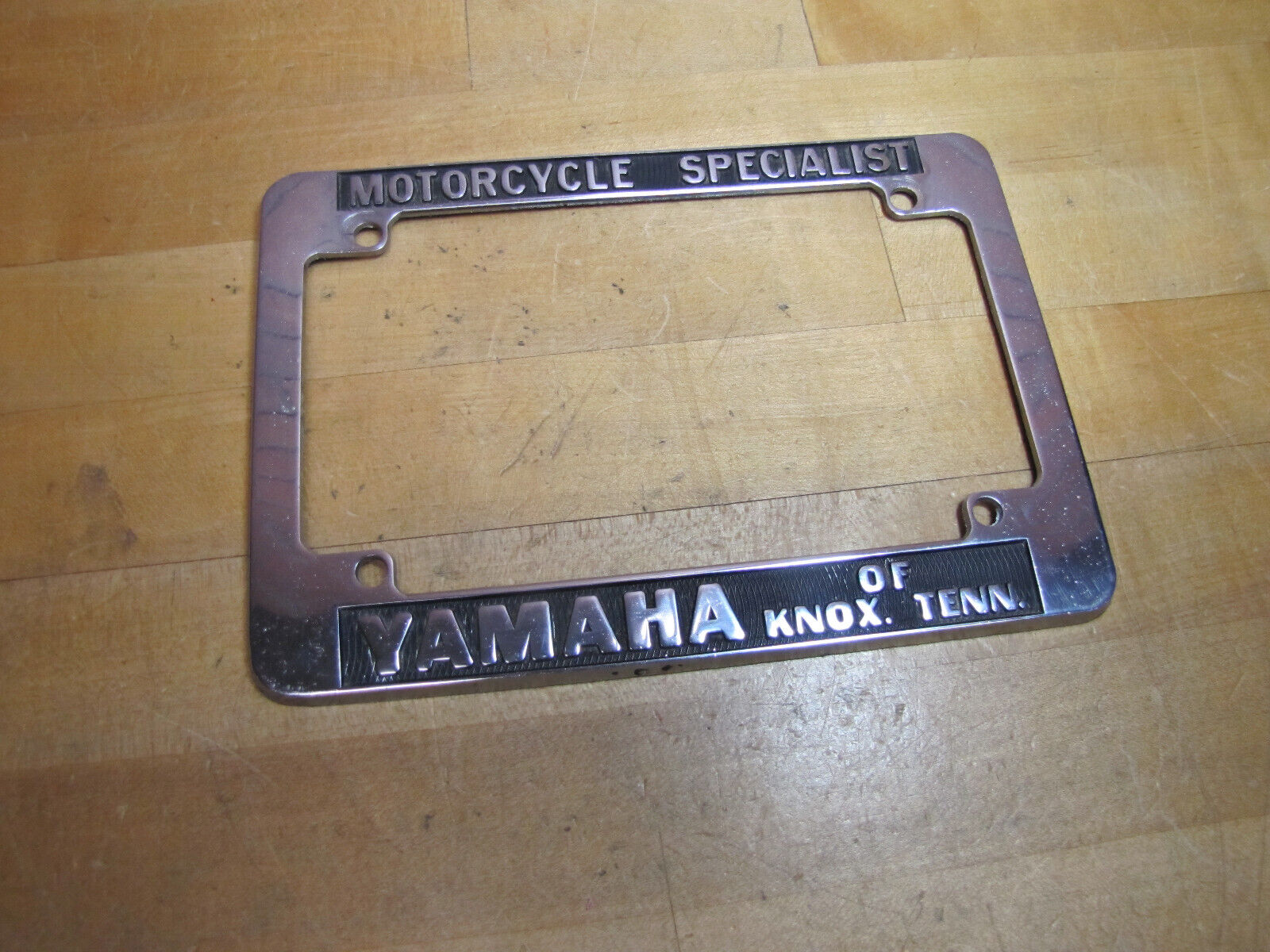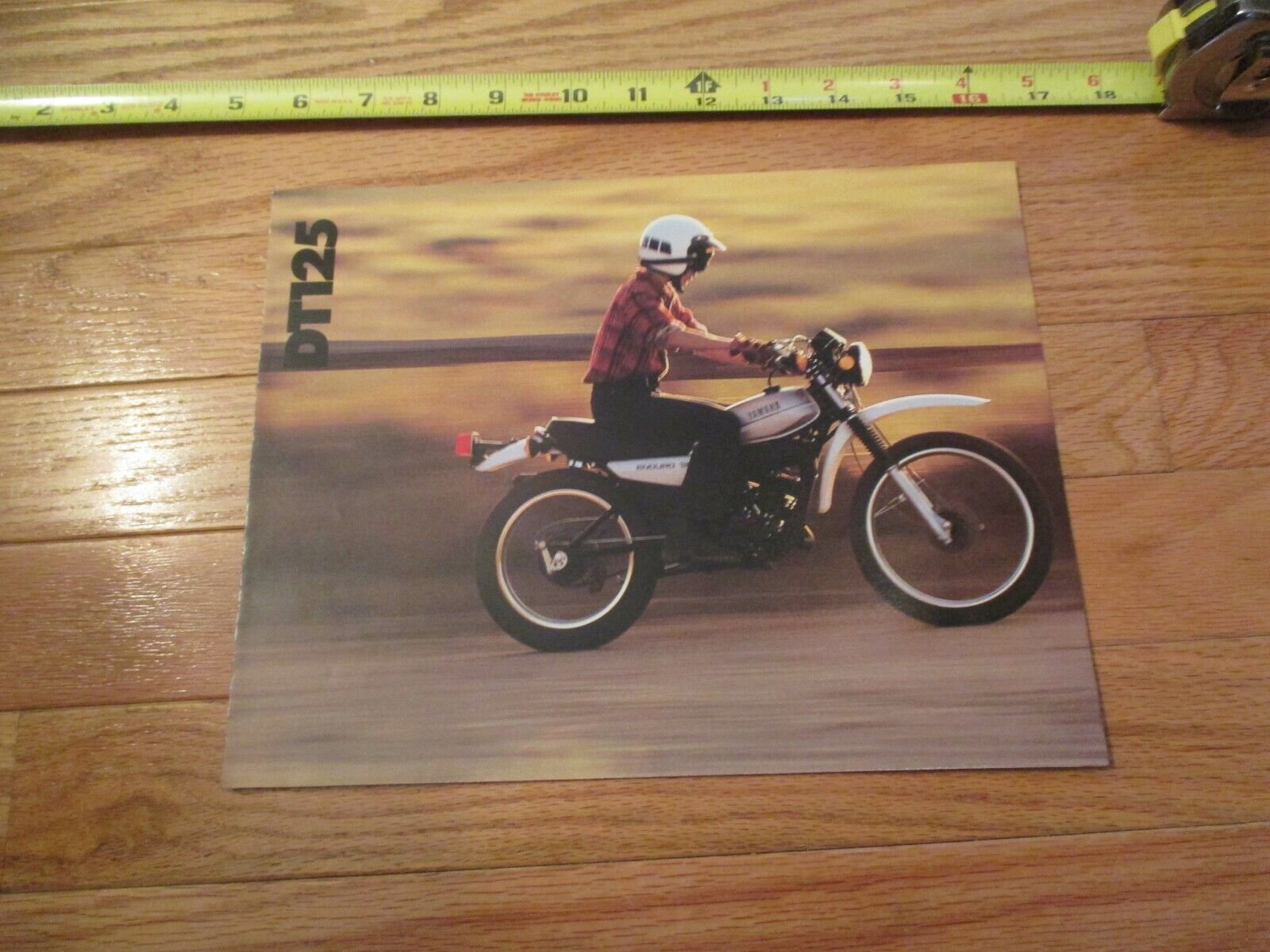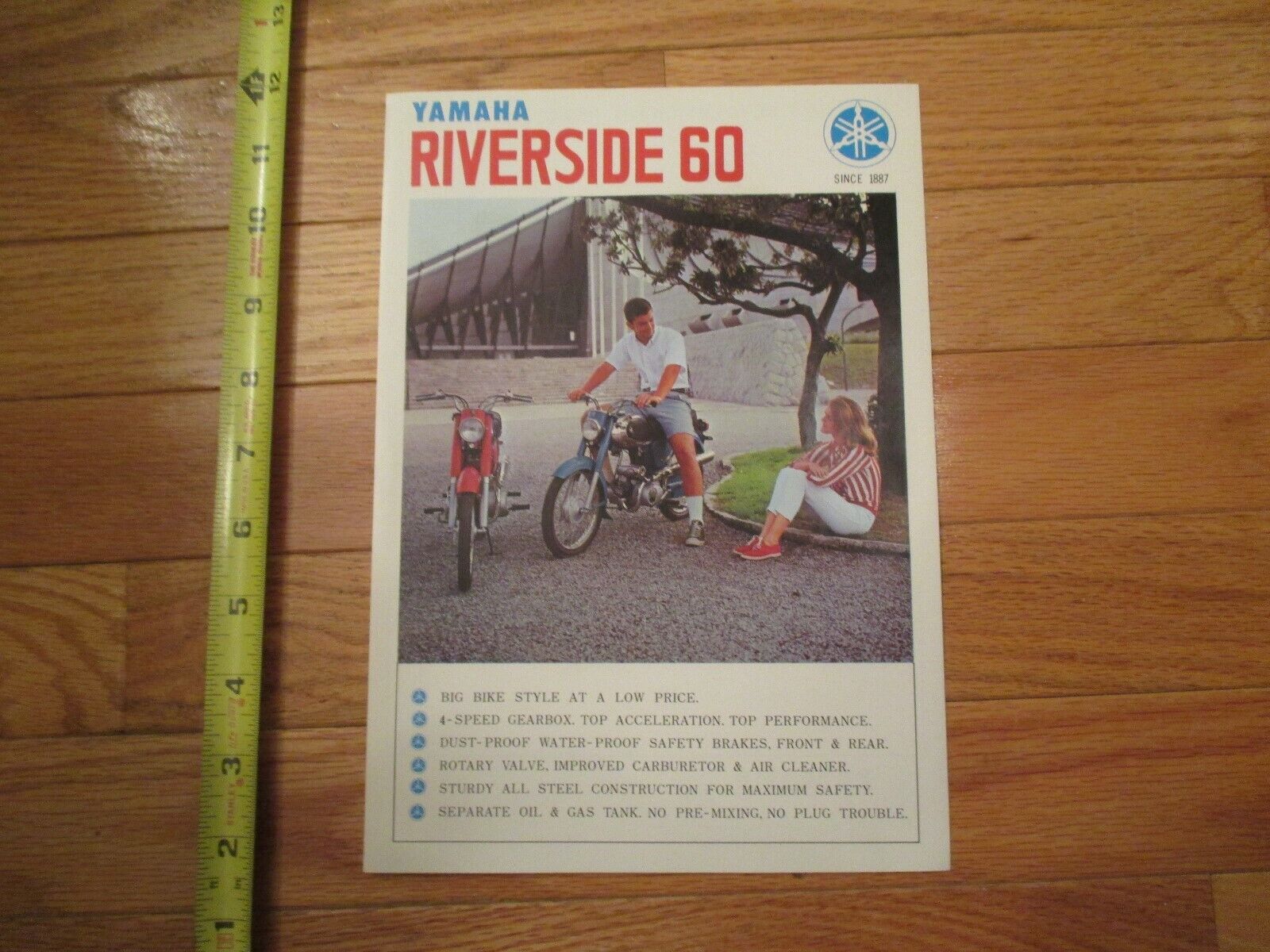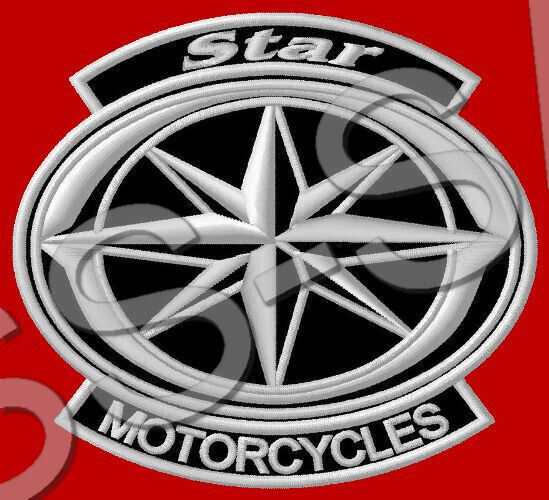-40%
1977 Yamaha DT250 / DT400 Monocross Enduros - 2-Page Vintage Motorcycle Ad
$ 7.44
- Description
- Size Guide
Description
1977 Yamaha DT250 / DT400 Monocross Enduros - 2-Page Vintage Motorcycle AdOriginal, Vintage Magazine Advertisement
Page Size: Approx. 8" x 11" (21 cm x 28 cm) each page
Condition: Good
YAMAHA INTRODUCES MONOCROSS ENDUROS.
Aradicaldeparture in a class normally full of comp raise.
Pre-load adjustment ring.
you tremendous travel (5.5 inches). Even
in the roughest terrain, it helps keep the
rear wheel, and the power, on the ground.
So you don’t bounce out of control. You
Piston.
5.5 inches of rear travel.
Rigid, triangulated
swing arm.
Improved
through-the-frame
high pipe.
The new Yamaha DT25O and DT400
Enduros are unlike any other street/trail
machines ever built. Because both offer
you a technical advantage previously A
available only to racers:
The Monocross suspension.
What Monocross
does for racers, it does
for you.
First of all, Monocross
rear suspension gives
just go forward, fast.
Superior damping
is another advantage.
To explain: This new
Yamaha Monoshock
is a de Carbon type
unit. Inside, a chamber
of nitrogen acts like a
second spring. For
example, under an
extreme load, any
piston can be forced to
move through the oil
faster than its valves will allow. But on a
Monocross suspension, a movable plug
between the oil and the nitrogen gives,
letting the pressurized gas do the damping.
Not MX-type forks,
real MX forks.
Long travel Monocross: The rear wheel spends more time on
the ground, less time bouncing you in the air.
You get damping under conditions where
conventional shocks simply cease to func-
tion. Bottoming-out and broken shafts
become problems that plague other riders,
not you.
This
shock de-
sign also
eliminates
foaming,
or cavita-
tion. With
conven-
tional
shocks,
hard riding
can cause
the oil to foam and froth. Foam naturally
offers less resistence to piston movement
than oil. So the shocks quickly lose their
effectiveness. But with Monocross the oil is
Nitrogen at approx. 213 pounds
per square inch.
V y
under constant internal pressure. Air can’t
get inside, so the oil can’t foam.
Another problem solved by the Mono-
cross suspension is rear wheel wobble.With
a conventional two-shock suspension, you
get two separate responses to every bump
in the road. One shock can compress
more than the other, putting your
rear wheel out of line with the
rest of the bike. The result? A
machine that doesn’t always
go where you want it to go.
Monocross, on the other
hand, keeps the wheel in
constant alignment.There’s
only one shock, locked
in a rigid triangulated swing
arm. So tracking for the
Monocross rider is excellent.
Adjusting the spring pre-load
is no problem, either. A special wrench
included with each machine reduces it to a
simple operation.
More significant
improvements.
We’d also like to point out that while
we were dramatically improving the rear
suspension, we didn’t forget the rest of
the bike.
Both the DT250 and DT400 Enduros
are lighter than ever before. Thanks to
plastic fenders, tanks, chain guards and
side covers.
As you can see, the front forks are
right off an MX machine. And both bikes
have radial heads and more fins for
added cooling.
With a Yamaha Monocross Enduro, you
don’t avoid berms; you go after them. You
don’t back off in the comers; you turn it on.
Because under you is a suspension that’s
helped win more off-road races than you’d
care to count.
Better off the road.
Better on the road?
As for the Enduros’ street handling charac-
teristics. we can only say this: Monocross is
also found on the Yamaha TZ250 and
TZ75O. Championship road racers that
have won more on-road races than you’d
care to count.
When you knowhow they’re
I built,you’ll buy aYamaha.
mb3388-7705-04s-1495g
11041-7706-09s-1595g









